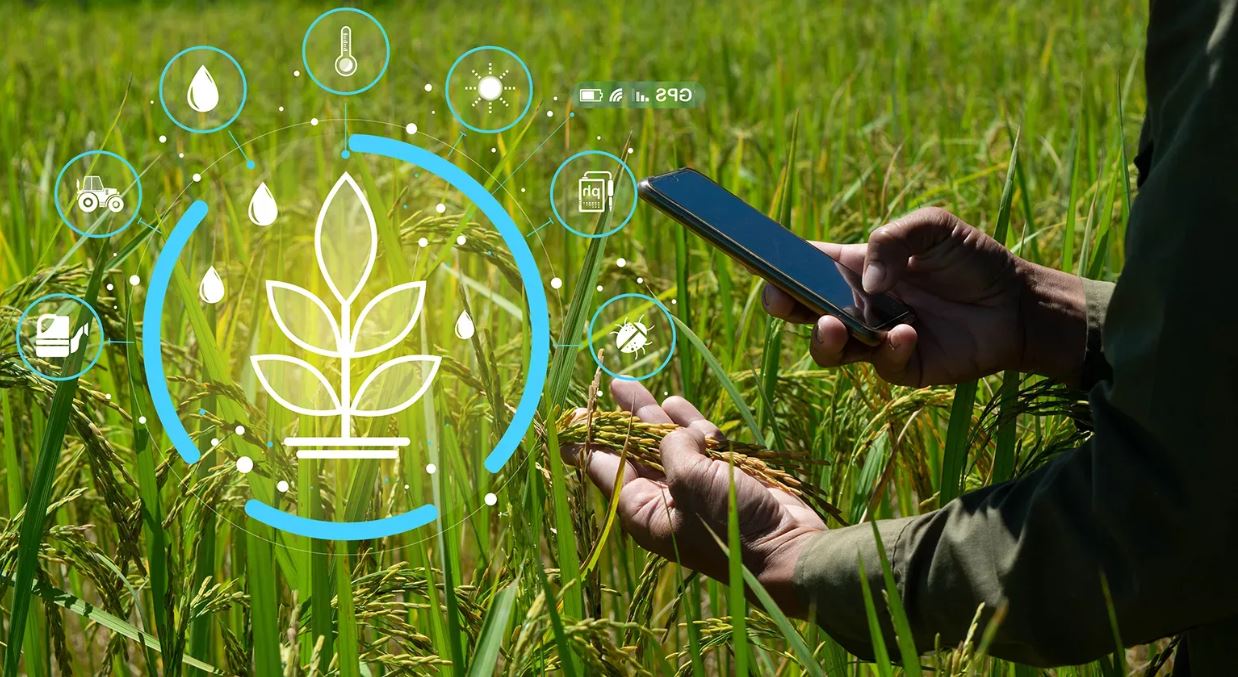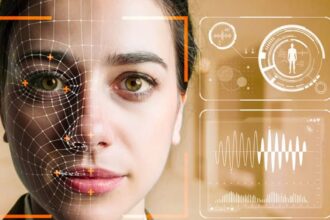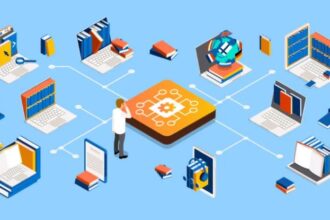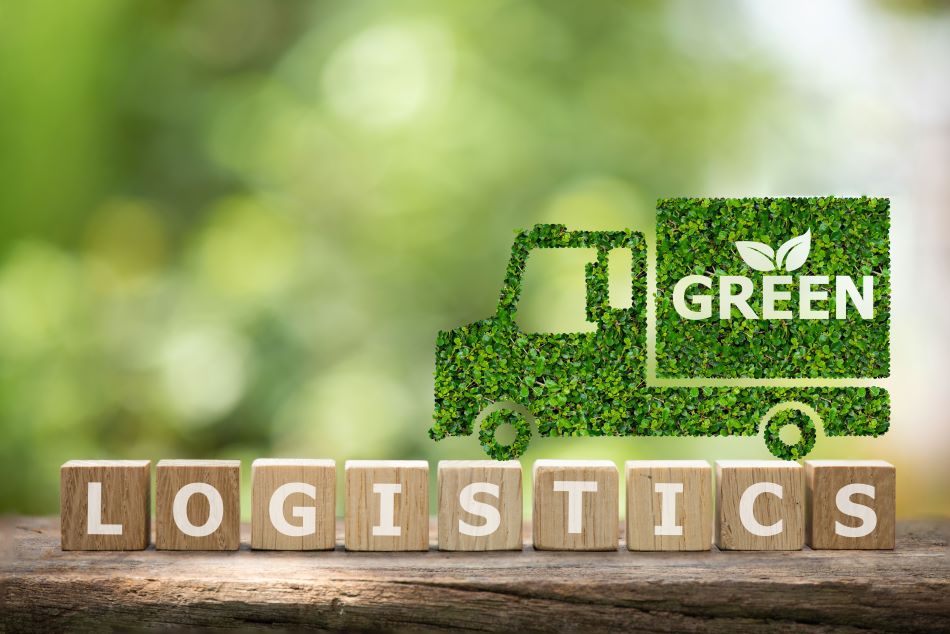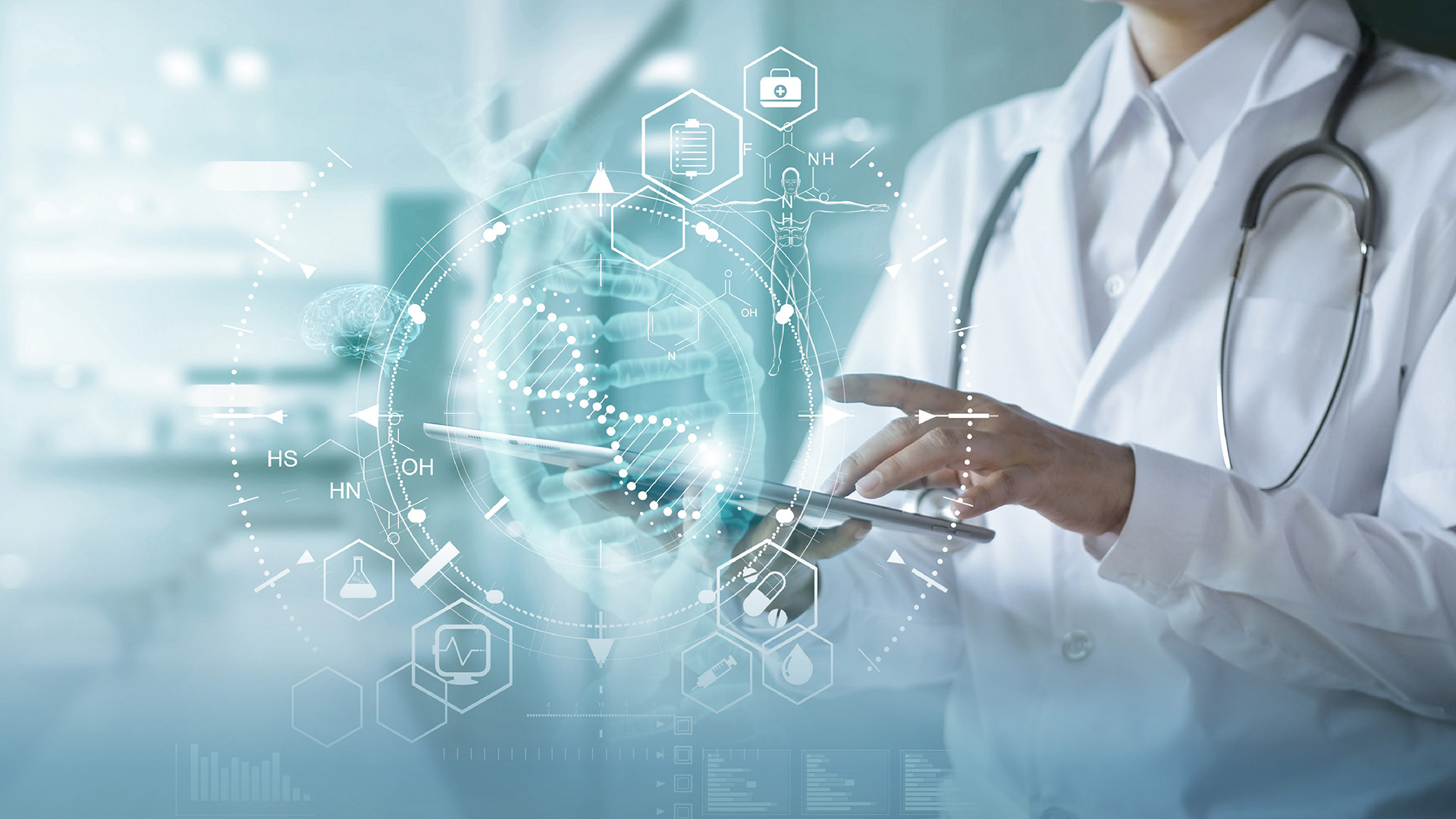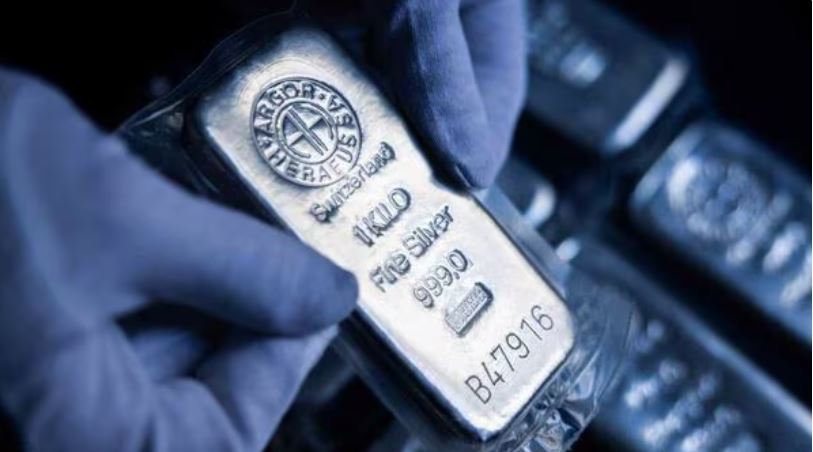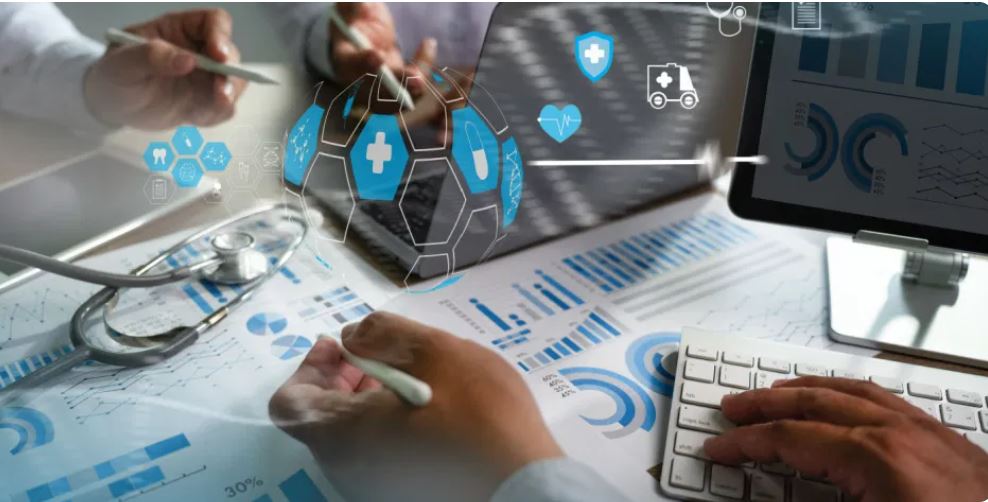Modern agriculture is becoming a data-driven enterprise. Across fields, greenhouses, and barns, sensors are quietly transforming how farmers understand their crops, soil, and livestock. These small devices, embedded in soil, mounted on tractors, or fixed to irrigation systems, translate physical changes in temperature, humidity, moisture, and nutrients into digital insights.
This steady shift from intuition to information is driving the global agriculture sensor market. Farmers no longer rely solely on observation; they rely on data points captured in real time through soil sensors, crop monitoring systems, and IoT in agriculture platforms that optimize every resource from water to fertilizer.
Why Data Measurement Is Changing Farming
Sensors have become the operational link between the physical and digital farm. For example, soil moisture sensors that track volumetric water content help automate irrigation, allowing water and energy savings of up to 30% according to recent USDA findings. Similarly, location sensors and yield monitors enable precision agriculture by matching crop yield to variable-rate inputs, improving both productivity and profitability.
Governments recognize these gains. The U.S. Government Accountability Office (GAO) highlighted in 2024 that in-ground sensors provide “near-real-time field intelligence,” supporting federal efforts to promote sustainable water and nutrient management.
Market Growth Backed by Practical Adoption
Grand View Research analyses projects the global agriculture sensor market to reach revenues over USD 4.5 billion by 2030 at a double-digit annual growth of (11.7%). This includes physical sensors (for soil moisture, temperature, and pH), environmental sensors (for weather and light conditions), and integrated smart systems for precision farming and smart farming applications.
The demand reflects a clear industry shift: from one-off sensor purchases to integrated platforms that combine multiple measurements into a single, interpretable dashboard.
What Farmers Are Actually Buying
The most widely adopted sensors today include:
Soil sensors – measuring moisture, pH, and electrical conductivity to guide irrigation and fertilization.
Weather and climate sensors – tracking temperature, rainfall, and humidity for planning and crop protection.
Optical and imaging sensors – used for crop monitoring and early stress detection.
Livestock sensors – wearable or environmental devices that monitor animal health and barn conditions.
Trends and Innovations Defining 2025
1. Multi-parameter soil sensing:
Companies like CropX and Arable Labs now offer combined soil and crop monitoring systems that integrate moisture, temperature, and salinity data. These cloud-connected nodes simplify installation and make analytics accessible to even small farms.
2. Printed and disposable sensors:
Research funded through USDA NIFA and European innovation programs is advancing low-cost printed electrochemical sensors. These can measure nutrient ions and soil pH at scale, reducing per-acre monitoring costs.
3. Edge analytics and connectivity:
Next-generation sensors perform basic data analysis locally, crucial in rural areas with limited internet penetration. This allows automated decisions, such as triggering irrigation or alerts, without constant cloud connection. John Deere’s See & Spray system uses camera and sensor fusion on tractors to identify weeds and trigger spray actions instantly at the edge, without cloud dependency.
4. Optical and AI-based scouting:
Drones and spectral cameras are being paired with in-field sensors to detect plant stress and nutrient deficiency before they become visible. Such AI-enabled crop monitoring is a fast-growing subsegment of the agriculture sensor market. Taranis and Prospera Technologies use multispectral and thermal imagery, integrated with field sensors, to detect crop stress and pest pressure early.
Barriers That Still Matter
Adoption challenges remain. The cost of precision equipment, data fragmentation across platforms, and calibration complexity often slow uptake. A soil sensor is only as valuable as the accuracy of its readings—and factors such as sensor drift or uneven soil composition can distort results.
Data standardization is another hurdle. Many farms still struggle to combine sensor data from different vendors into a single actionable view. Industry groups and open-data initiatives are working to address these compatibility issues.
The Clear ROI of Sensing
The strongest business case comes from measurable efficiency gains:
Water savings: Automated irrigation using moisture sensors can cut water consumption by up to 30%.
Fertilizer optimization: Soil nutrient and pH sensors support variable-rate applications, lowering fertilizer use and minimizing runoff.
Labor reduction: Remote monitoring reduces manual checks, freeing workers for higher-value tasks.
In livestock operations, environmental sensors improve animal comfort and feed efficiency, with measurable returns in productivity.
Looking Ahead
The future of the agriculture sensor market lies in integration. The industry is witnessing deeper collaboration between hardware makers and farm management software providers, expansion of low-cost IoT in agriculture devices, and the rise of edge-based analytics that process data even without constant internet access. Public programs such as USDA’s precision agriculture grants and similar initiatives in Europe and Asia are also accelerating sensor adoption by supporting connectivity infrastructure and sustainable technology deployment.
Takeaway for Decision-Makers
Trusted vendors such as John Deere, Trimble, Arable Labs, and CropX are already delivering end-to-end systems that demonstrate consistent ROI. With sustainability and productivity targets tightening worldwide, the question is no longer if sensors will define modern agriculture, but how quickly the industry can turn real-time field data into better decisions.




